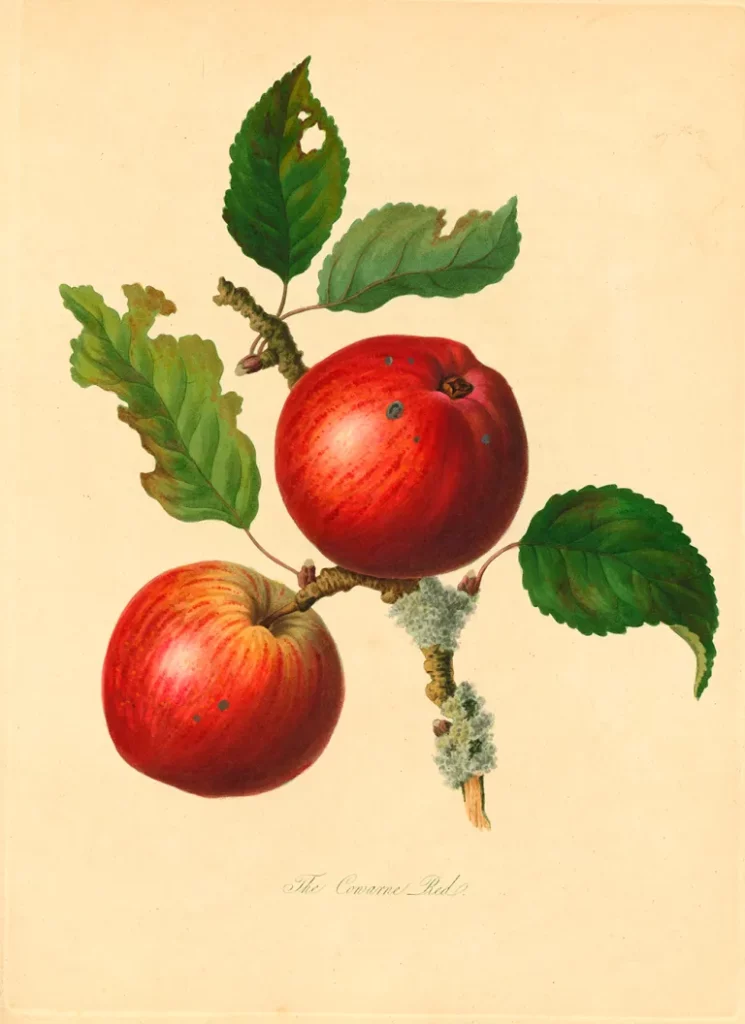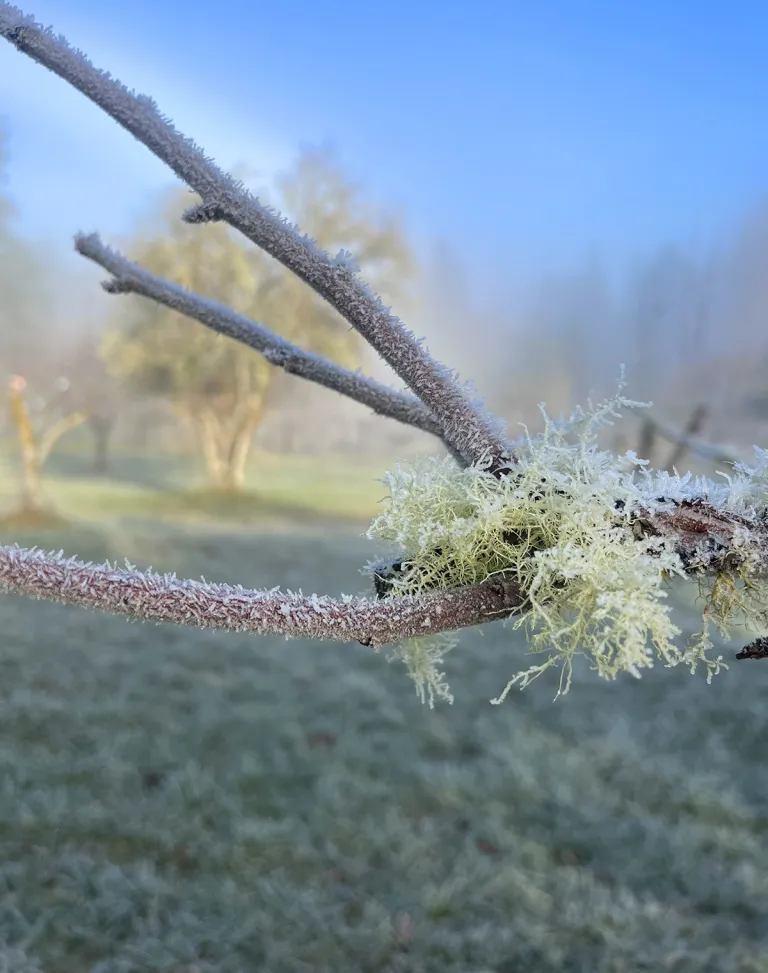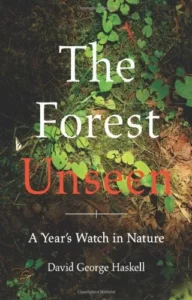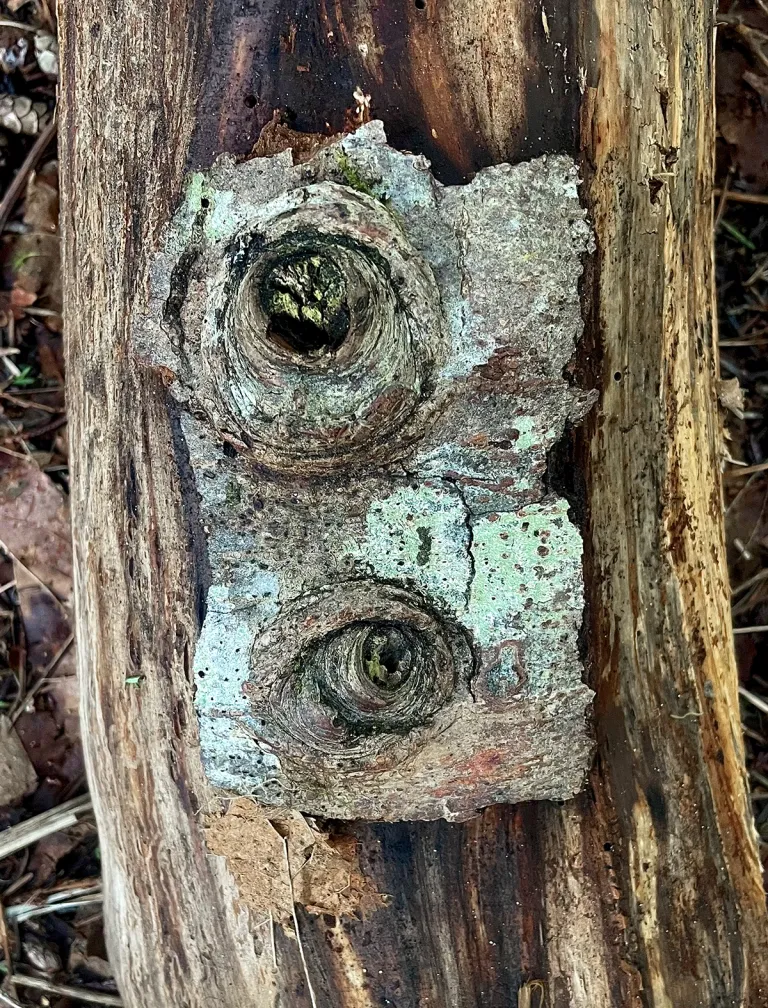Lichens and the Meaning of Life
FOOD FOR THOUGHT, 17 Apr 2023
Maria Popova | The Marginalian – TRANSCEND Media Service
“When we try to pick out anything by itself, we find it hitched to everything else in the universe,” the great naturalist John Muir wrote in the middle of the nineteenth century. “We forget that nature itself is one vast miracle transcending the reality of night and nothingness,” the great naturalist Loren Eiseley wrote a century later as he considered the meaning of life. “We forget that each one of us in his personal life repeats that miracle.”
Because of this delicate interconnectedness of life across time, space, and being, any littlest fragment of the universe can become a lens on the miraculous whole. Sometimes, it is the humblest life-forms that best intimate the majesty of life itself.
Take, for instance, lichens.
Lichens — which are not to be confused with mosses — are some of Earth’s oldest life-forms: emissaries of the ocean gone terrestrial. For epochs, their exact nature was a mystery — until an improbable revolutionary illuminated that they are, in fact, part algae.

The Cowarne Red Apple with lichen, 1811. (Available as a print, as a backpack, and as stationery cards, benefitting The Nature Conservancy.)
In the final stretch of the nineteenth century, Peter Rabbit creator Beatrix Potter punctuated her writing and her painting with a series of experiments with spores, demonstrating that lichens — which Linnaeus considered the “poor peasants of the plant world” — are in fact not plants but a hybrid of fungi and algae: living reminders that the supreme vital force of life is not competition but interdependence, that we survive and thrive not through combat but through collaboration.

Lichens come alive as an enchanting miniature of the miraculous interconnectedness of nature in biologist David George Haskell’s altogether fascinating book The Forest Unseen: A Year’s Watch in Nature (public library).
Having previously written beautifully about the interleaving of life, Haskell details the ecological and evolutionary splendor of lichens as living symbiotes:
The quietude and outer simplicity of the lichens hides the complexity of their inner lives. Lichens are amalgams of two creatures: a fungus and either an alga or a bacterium. The fungus spreads the strands of its body over the ground and provides a welcoming bed. The alga or bacterium nestles inside these strands and uses the sun’s energy to assemble sugar and other nutritious molecules. As in any marriage, both partners are changed by their union. The fungus body spreads out, turning itself into a structure similar to a tree leaf: a protective upper crust, a layer for the light-capturing algae, and tiny pores for breathing. The algal partner loses its cell wall, surrenders protection to the fungus, and gives up sexual activities in favor of faster but less genetically exciting self-cloning. Lichenous fungi can be grown in the lab without their partners, but these widows are malformed and sickly. Similarly, algae and bacteria from lichens can generally survive without their fungal partners, but only in a restricted range of habitats. By stripping off the bonds of individuality the lichens have produced a world-conquering union. They cover nearly ten percent of the land’s surface, especially in the treeless far north, where winter reigns for most of the year.

Having so mastered the art of unselfing, lichens emerge as living testaments to the visionary evolutionary biologist Lynn Margulis’s insistence that “we abide in a symbiotic world.” In their biology lies a poignant metaphor for how we think of the relationships that surround us, lacing our human lives:
Like a farmer tending her apple trees and her field of corn, a lichen is a melding of lives. Once individuality dissolves, the scorecard of victors and victims makes little sense. Is corn oppressed? Does the farmer’s dependence on corn make her a victim? These questions are premised on a separation that does not exist. The heartbeat of humans and the flowering of domesticated plants are one life. “Alone” is not an option… Lichens add physical intimacy to this interdependence, fusing their bodies and intertwining the membranes of their cells, like cornstalks fused with the farmer, bound by evolution’s hand.

But the most beguiling manifestation of lichens’ gift for the art of relationship is found in how they acquire their haunting otherworldly color:
Blue or purple lichens contain blue-green bacteria, the cyanobacteria. Green lichens contain algae. Fungi mix in their own colors by secreting yellow or silver sunscreen pigments. Bacteria, algae, fungi: three venerable trunks of the tree of life twining their pigmented stems.
The algae’s verdure reflects an older union. Jewels of pigment deep inside algal cells soak up the sun’s energy. Through a cascade of chemistry this energy is transmuted into the bonds that join air molecules into sugar and other foods. This sugar powers both the algal cell and its fungal bedfellow. The sun-catching pigments are kept in tiny jewel boxes, chloroplasts, each of which is enclosed in a membrane and comes with its own genetic material. The bottle-green chloroplasts are descendants of bacteria that took up residence inside algal cells one and a half billion years ago. The bacterial tenants gave up their tough outer coats, their sexuality, and their independence, just as algal cells do when they unite with fungi to make lichens. Chloroplasts are not the only bacteria living inside other creatures. All plant, animal, and fungal cells are inhabited by torpedo-shaped mitochondria that function as miniature powerhouses, burning the cells’ food to release energy. These mitochondria were also once free-living bacteria and have, like the chloroplasts, given up sex and freedom in favor of partnership.
With an eye to the ancient union of bacterial genes that gave rise to all modern DNA, Haskell considers the elemental and existential role of symbiosis in every life, including our own:
We are Russian dolls, our lives made possible by other lives within us. But whereas dolls can be taken apart, our cellular and genetic helpers cannot be separated from us, nor we from them. We are lichens on a grand scale.
Complement with what remains the loveliest thing ever written about the symbiotic unself, then revisit bryologist Robin Wall Kimmerer on the enchanting universe of moss and the poetic science of why leaves change color.
_______________________________________
 My name is Maria Popova — a reader, a wonderer, and a lover of reality who makes sense of the world and herself through the essential inner dialogue that is the act of writing. The Marginalian (which bore the unbearable name Brain Pickings for its first 15 years) is my one-woman labor of love, exploring what it means to live a decent, inspired, substantive life of purpose and gladness. Founded in 2006 as a weekly email to seven friends, eventually brought online and now included in the Library of Congress permanent web archive, it is a record of my own becoming as a person — intellectually, creatively, spiritually, poetically — drawn from my extended marginalia on the search for meaning across literature, science, art, philosophy, and the various other tendrils of human thought and feeling. A private inquiry irradiated by the ultimate question, the great quickening of wonderment that binds us all: What is all this? (More…)
My name is Maria Popova — a reader, a wonderer, and a lover of reality who makes sense of the world and herself through the essential inner dialogue that is the act of writing. The Marginalian (which bore the unbearable name Brain Pickings for its first 15 years) is my one-woman labor of love, exploring what it means to live a decent, inspired, substantive life of purpose and gladness. Founded in 2006 as a weekly email to seven friends, eventually brought online and now included in the Library of Congress permanent web archive, it is a record of my own becoming as a person — intellectually, creatively, spiritually, poetically — drawn from my extended marginalia on the search for meaning across literature, science, art, philosophy, and the various other tendrils of human thought and feeling. A private inquiry irradiated by the ultimate question, the great quickening of wonderment that binds us all: What is all this? (More…)
Go to Original – themarginalian.org
Tags: Food for thought - Editorial cartoon
DISCLAIMER: The statements, views and opinions expressed in pieces republished here are solely those of the authors and do not necessarily represent those of TMS. In accordance with title 17 U.S.C. section 107, this material is distributed without profit to those who have expressed a prior interest in receiving the included information for research and educational purposes. TMS has no affiliation whatsoever with the originator of this article nor is TMS endorsed or sponsored by the originator. “GO TO ORIGINAL” links are provided as a convenience to our readers and allow for verification of authenticity. However, as originating pages are often updated by their originating host sites, the versions posted may not match the versions our readers view when clicking the “GO TO ORIGINAL” links. This site contains copyrighted material the use of which has not always been specifically authorized by the copyright owner. We are making such material available in our efforts to advance understanding of environmental, political, human rights, economic, democracy, scientific, and social justice issues, etc. We believe this constitutes a ‘fair use’ of any such copyrighted material as provided for in section 107 of the US Copyright Law. In accordance with Title 17 U.S.C. Section 107, the material on this site is distributed without profit to those who have expressed a prior interest in receiving the included information for research and educational purposes. For more information go to: http://www.law.cornell.edu/uscode/17/107.shtml. If you wish to use copyrighted material from this site for purposes of your own that go beyond ‘fair use’, you must obtain permission from the copyright owner.

